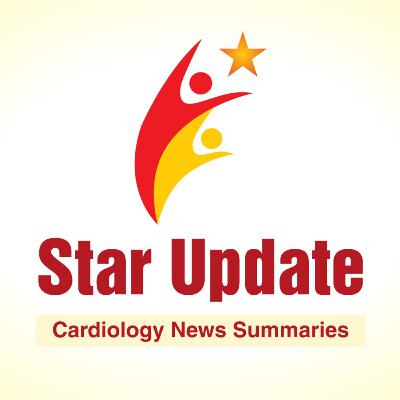Association between the number of academic research consortium for high bleeding risk (ARC-HBR) criteria and clinical outcomes in patients with acute coronary syndrome
Description
Abstract
Background: Academic Research Consortium for High Bleeding Risk (ARC-HBR) criteria have been used to identify high-risk patients undergoing percutaneous coronary intervention (PCI) in current clinical practice. This study aimed to evaluate the association between the number of ARC-HBR criteria and clinical outcomes in patients with acute coronary syndrome (ACS) after an emergent PCI.
Methods: We assessed 338 consecutive patients with ACS who underwent successful emergent PCI between January 2017 and December 2020. The ARC-HBR score was calculated by assigning 1 point to each major criterion and 0.5 points to each minor criterion. The patients were classified into low (ARC-HBR score < 1), intermediate (1 ≤ ARC-HBR score < 2), and high (ARC-HBR score ≥ 2) bleeding risk groups. We investigated the association between the ARC-HBR score and major adverse cardiovascular events (MACEs), defined as a composite of all-cause death, non-fatal myocardial infarction, and non-fatal stroke. We also compared the diagnostic ability of the ARC-HBR score and Controlled Abciximab and Device Investigation and Lower Late Angiography Complications (CADILLAC) risk score.
Results: The mean age of the patients was 67.6 ± 12.4 years, and 78.4 % were men. During the median follow-up of 864 (557-1309) days, 70 patients developed MACEs. Kaplan-Meier curves showed that the cumulative incidence of MACE was significantly higher as the ARC-HBR score increased in a stepwise manner (log-rank p < 0.001). There were no significant differences in the area under the receiver operating characteristic curve (AUC) for predicting MACE within two years after an emergent PCI between the ARC-HBR and CADILLAC risk scores (AUC: 0.763 vs. 0.777).
Conclusions: ARC-HBR score was independently associated with an increased risk of MACE in patients with ACS after an emergent PCI. Moreover, it had a similar diagnostic ability for predicting MACE within two years compared to the CADILLAC risk score.
Disclaimer: Lupin makes no representation or warranty of any kind, expressed or implied, regarding the accuracy, adequacy, validity, reliability, availability, or completeness of any scientific information shared by the HCP on the STAR UPDATE podcast. You should not allow the contents of this to substitute for your own medical judgment, which you should exercise in evaluating the information on this website.





